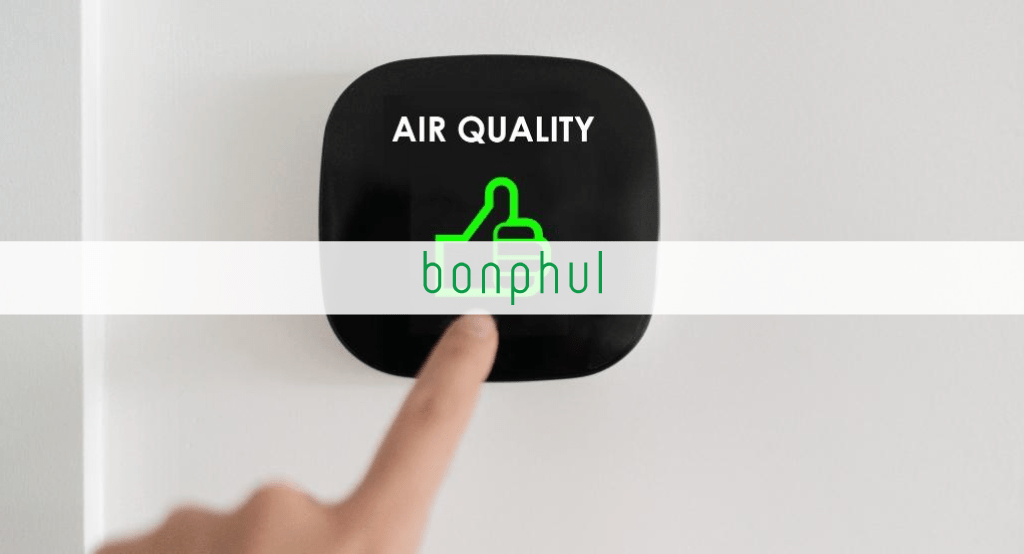Air pollution is a common household term where most people are aware of its impact and on how polluted air has altered quality of life in most parts of the world. Interestingly, the term air pollution is applied when referring to ambient air alone.
Indoor Air Quality (IAQ) is usually assumed to be synonymous to outdoor air quality, however this may not necessarily be the case. Most often, indoor air quality is found in a defiled state, even when the outdoor air is considerably unpolluted.
Understanding Indoor Air Quality (IAQ)
Generally, IAQ is understood as the quality of air inside buildings as represented by concentrations of air pollutants and thermal conditions that affect the health and comfort of the occupants.
On the basis of this idea, IAQ of a space can be evaluated based on two factors, health and comfort.
According to ASHRAE Standard 62.1, the definition of acceptable IAQ is “Air in which there are no known contaminants at harmful concentration as determined by cognizant authorities, while a substantial majority – say 80% or more of the people exposed – do not express dissatisfaction.”
Why is IAQ important?
We spend most of our time in indoor environments. The air indoor circulation is usually arrested within the four-walls. In the absence of standard ventilation, the air indoors gets easily blended with contaminants emitted or released from sources such as building construction materials, painting or coatings on walls, ceilings, gas stoves in kitchens, and even personal care products that can be harmful for the living occupants of the house.
Studies conducted by various agencies like the Environmental Protection Agency (EPA) and National Center for Biotechnology Information (NCBI) USA, has established that in countries like USA, indoor air pollutant levels are higher by 2-5% than the outdoor air (EPA), and this could be 10 times more in developing countries, like India (NCBI). Statistics suggest that in developing countries, health impacts of indoor air pollution far outweigh those of outdoor air pollution. This puts IAQ in a category of major concern.
Indoor Air Pollution
Indoor air pollution is a consequence of the indoor air getting infected with high concentration of pollutants, that degrades the quality of air inhaled by the occupants, resulting severe health hazards – a phenomenon also termed as Sick Building Syndrome. WHO reports that around 3.8 million premature deaths occur annually from illness attributed to indoor air pollution. (Refer to Table 2.1 for the different types of pollutants and their harmful effects on our bodies)
The following are the diseases and their percentage leading to the figure of 3.8 million deaths.
- Pneumonia – 27%
- Stroke – 18%
- Ischaemic heart disease – 27%
- Chronic Obstructive Pulmonary Disease (COPD) – 20%
- Lung Cancer – 8%





